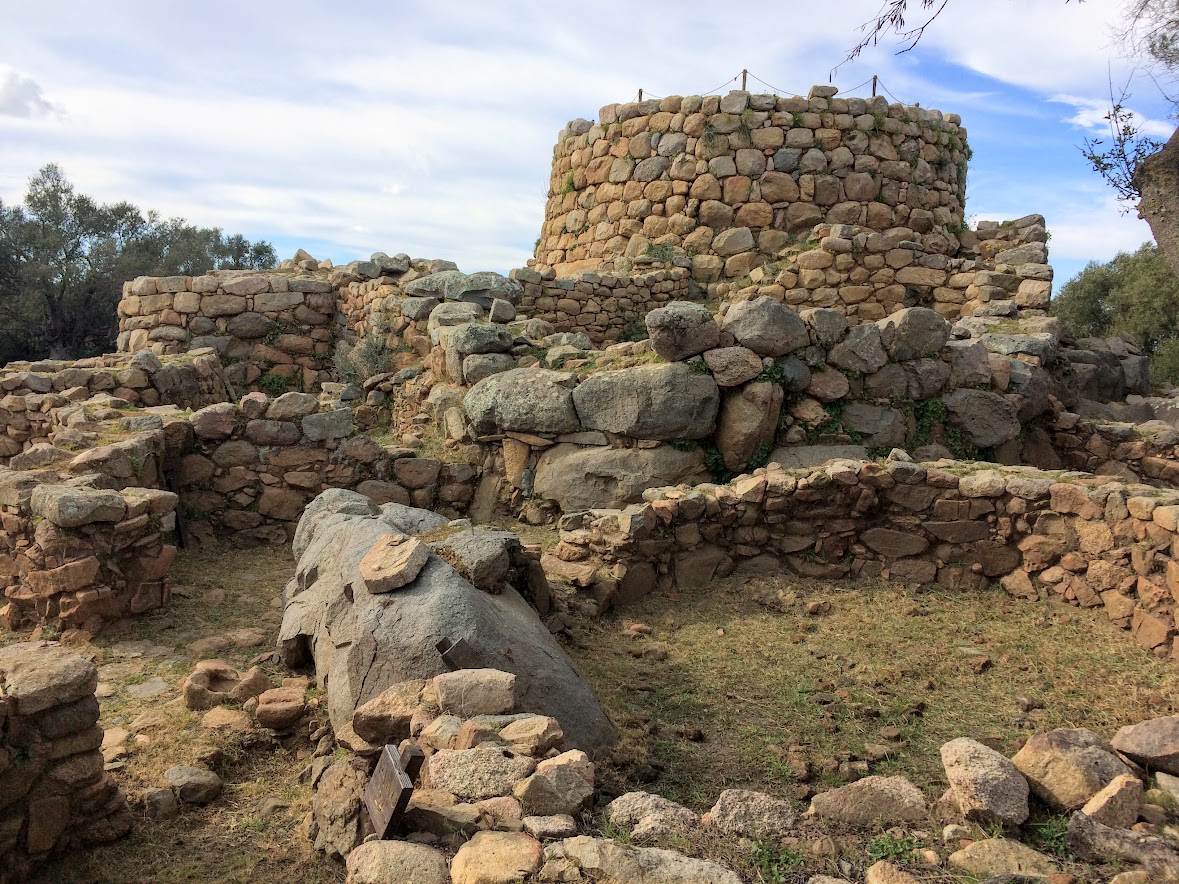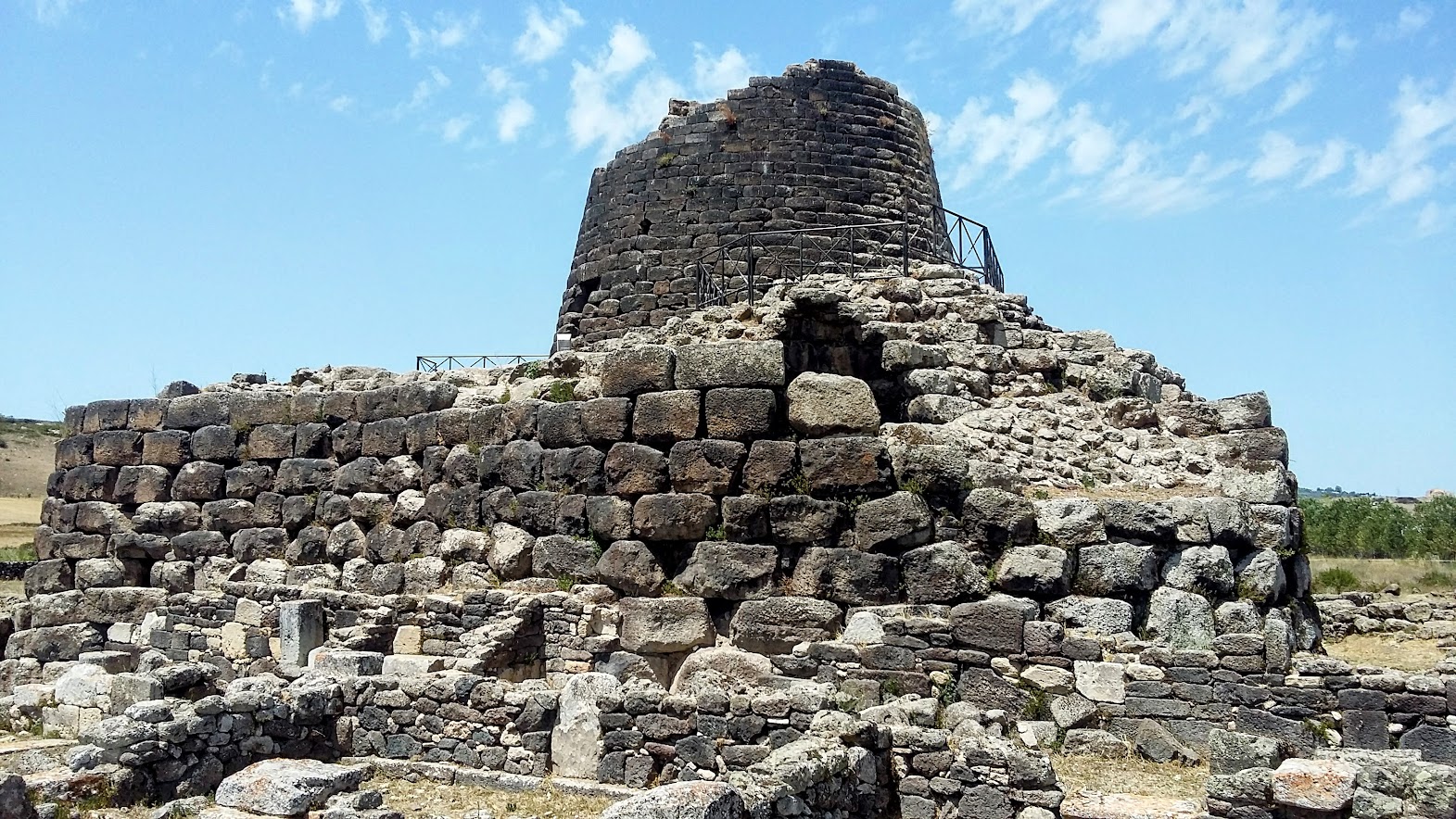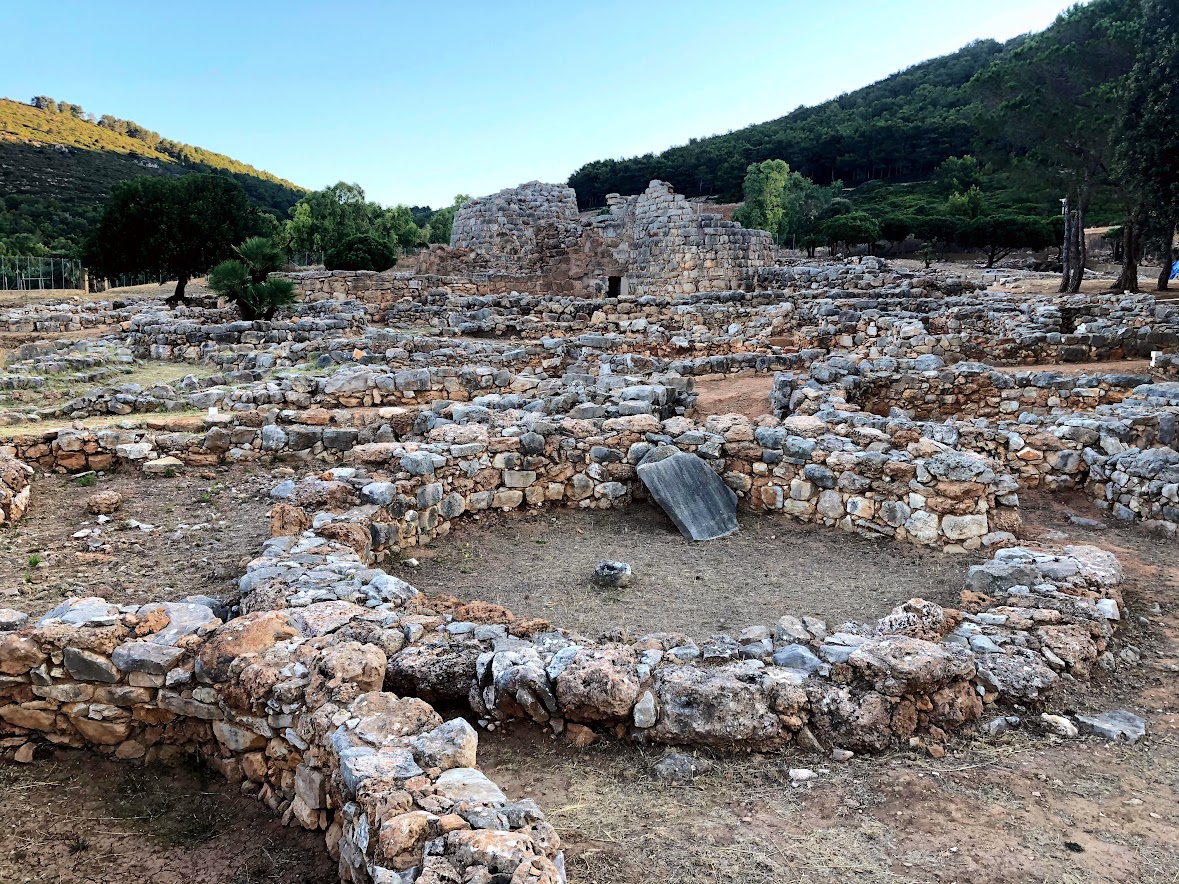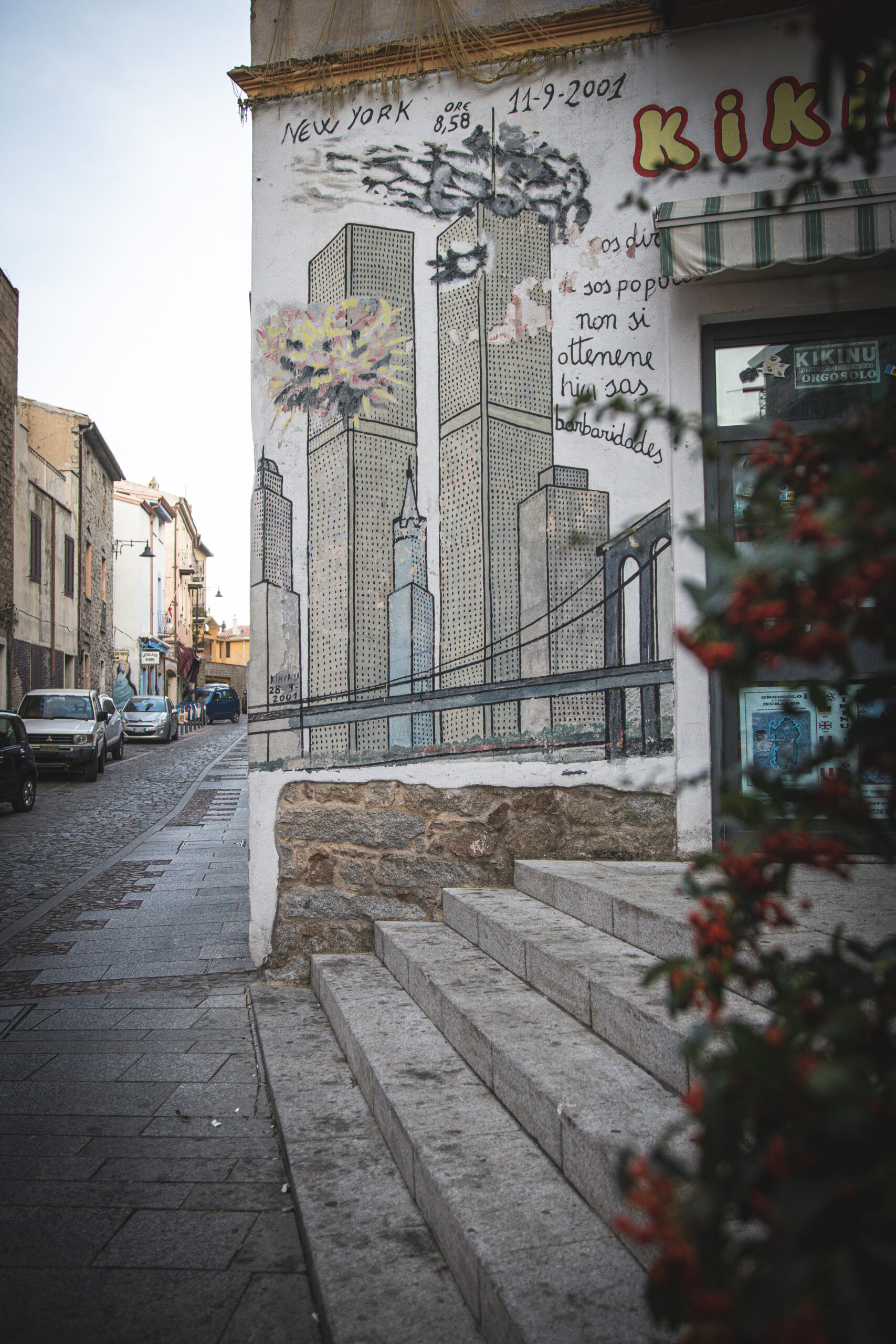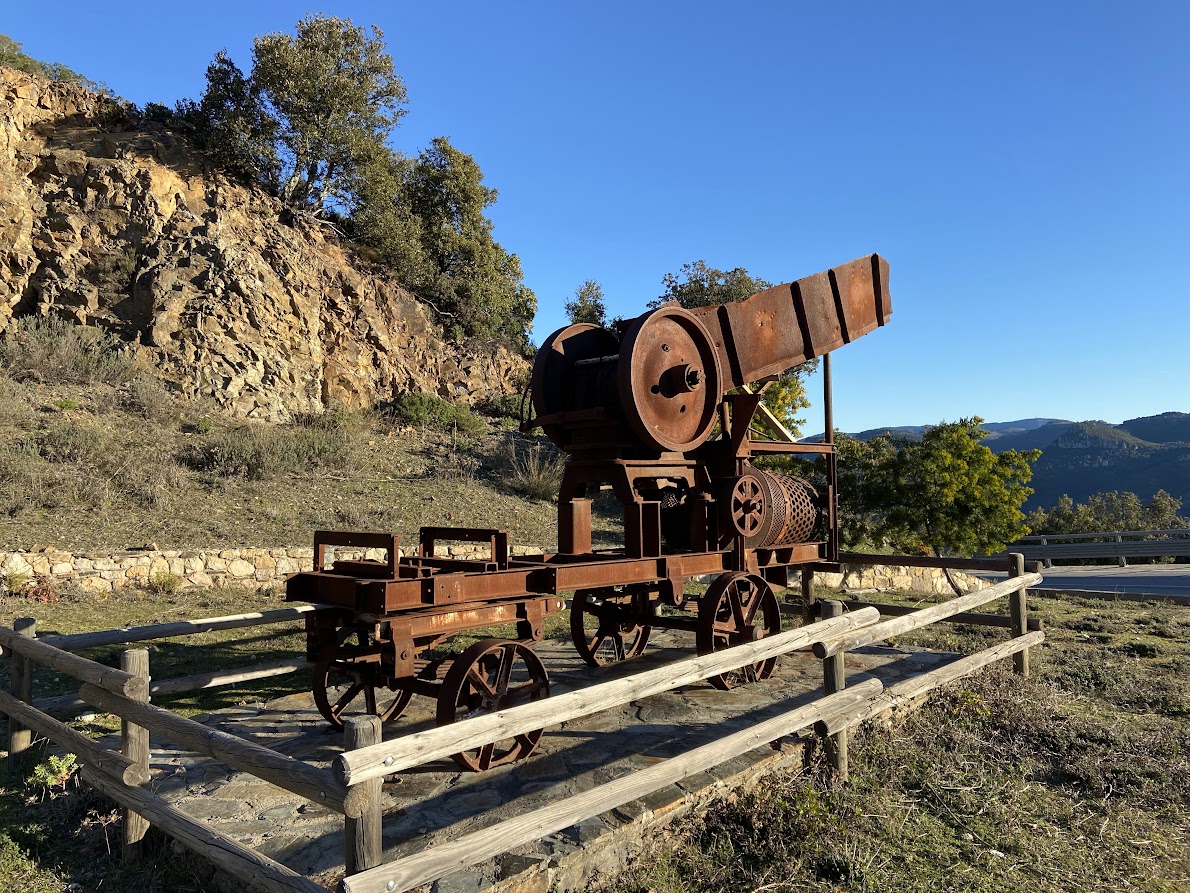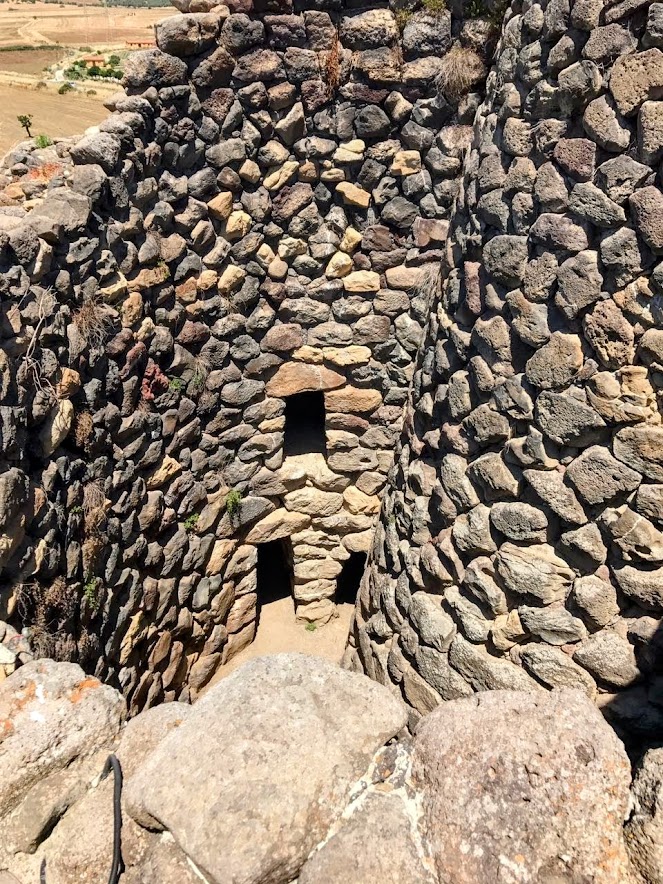
Military architecture
Nowadays Sardinia is admired mainly for its beautiful beaches, nature, gastronomy and hospitality, but in the past it was seen as a valuable prey. A strategic territory between the Italian continent, Africa and Spain, rich in minerals, has always attracted the attention of other Mediterranean nations and so was forced to defend itself against attacks from the sea. More than 7,000 stone structures were built on the island during the Nuragic Golden Age. Although Nuragic people were believed to be peaceful, some of these towers had very likely a defensive function as well. Mainly they were agricultural, but they could build both durable ships and were very skilled traders. They exported metal weapons, copper, lead and ceramics to the rest of Europe. Many stone towers were facing the sea to directly control the coast, others stood out on high grounds inland. But the boom of Carthaginians ended this entire golden era and centuries of occupation followed, first by the Phoenicians, then by the Romans and the Vandals. Pirate raids from Africa became more frequent in the 8th century AD and the first watchtowers and fortifications began to emerge. During the period of the Byzantine Empire, the island was divided into four jurisdictions. Stone castles, where the judges lived, were built and had been subsequently attacked and conquered as part of neighbourhood disputes. The simple architecture usually consisted of one tall rectangular tower surrounded by walls and sheltering a courtyard, storehouses, dwellings and wells. Among the best preserved are Castello San Michele in Cagliari, Castello di Fava in Posada, Burgos, Serravalle in Bosa or the castle in Sanluri. The subsequent conquest by the Spanish crown resulted in the establishment of the Royal Administration of Towers, whose task was the construction of new and the maintenance of existing stone towers along the coast. They were also to ensure that there was continuously maintained flame, that would eventually signal enemy ships, and also the presence of properly trained personnel to avert possible danger with the initial firing. You can still admire the fortifications from this period in Alghero, in the northwest of the island. Among the largest watchtowers are the Torre di Longonsardo in the city of Santa Teresa di Gallura in the north, the Torre Grande in Oristano and the Torre di San Giovanni di Sinnis in the west, the Torre di Bari in the east, and in the south the Torre di Porto Giunco with the Fortezza Vecchia in Villasimius, Torre di Chia and a number of more or less well-preserved towers around Cagliari. A separate chapter are the fortresses built on the La Maddalena archipelago and its surroundings, which came from the 2nd half of the 18th century, when there was a support base of the Royal Navy. Their size and solid construction were intended to deter pirate attacks, but construction continued until the World War I. The best preserved are the forts on Monte Altura, batteria Sant Agostino or San Vittorio.
